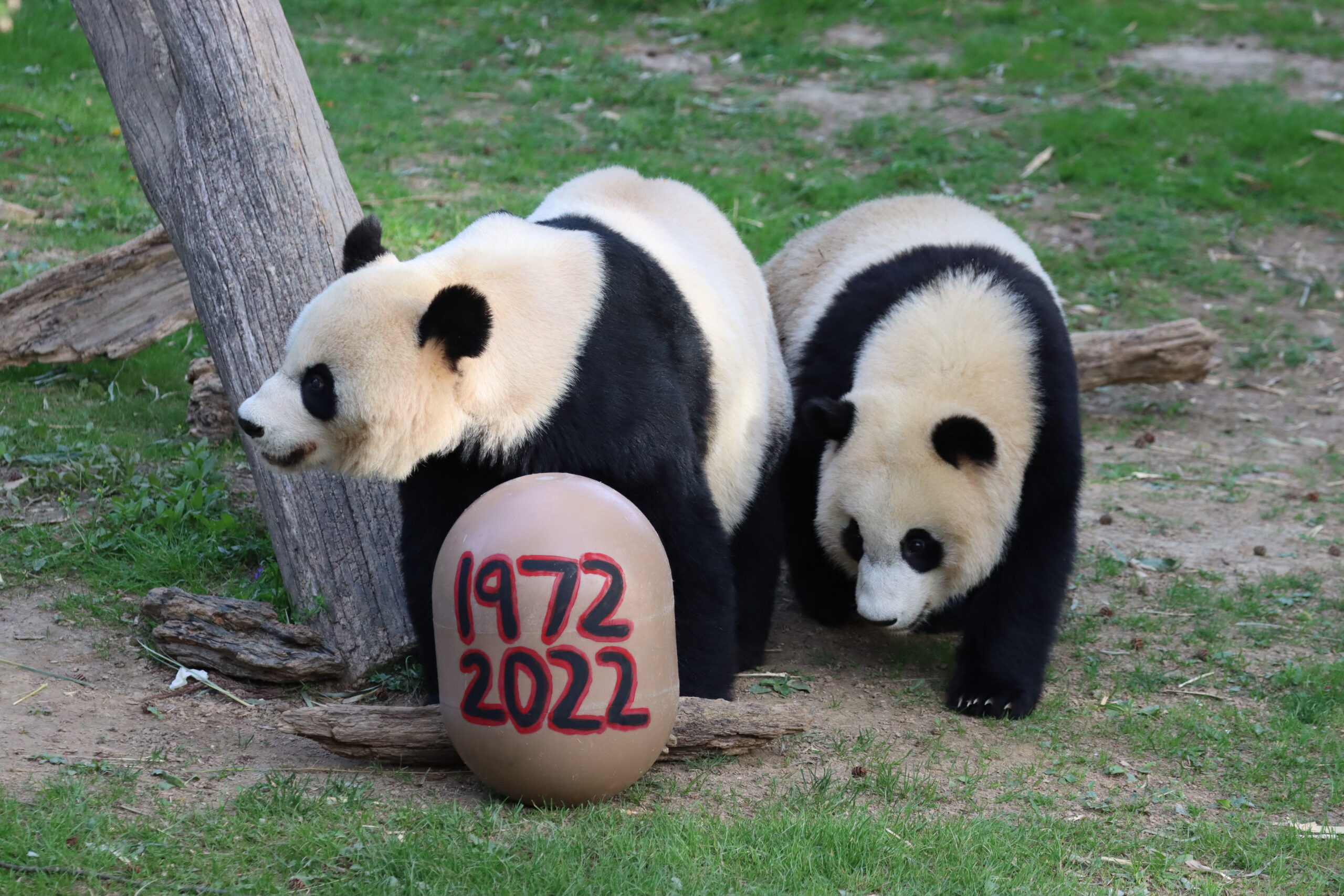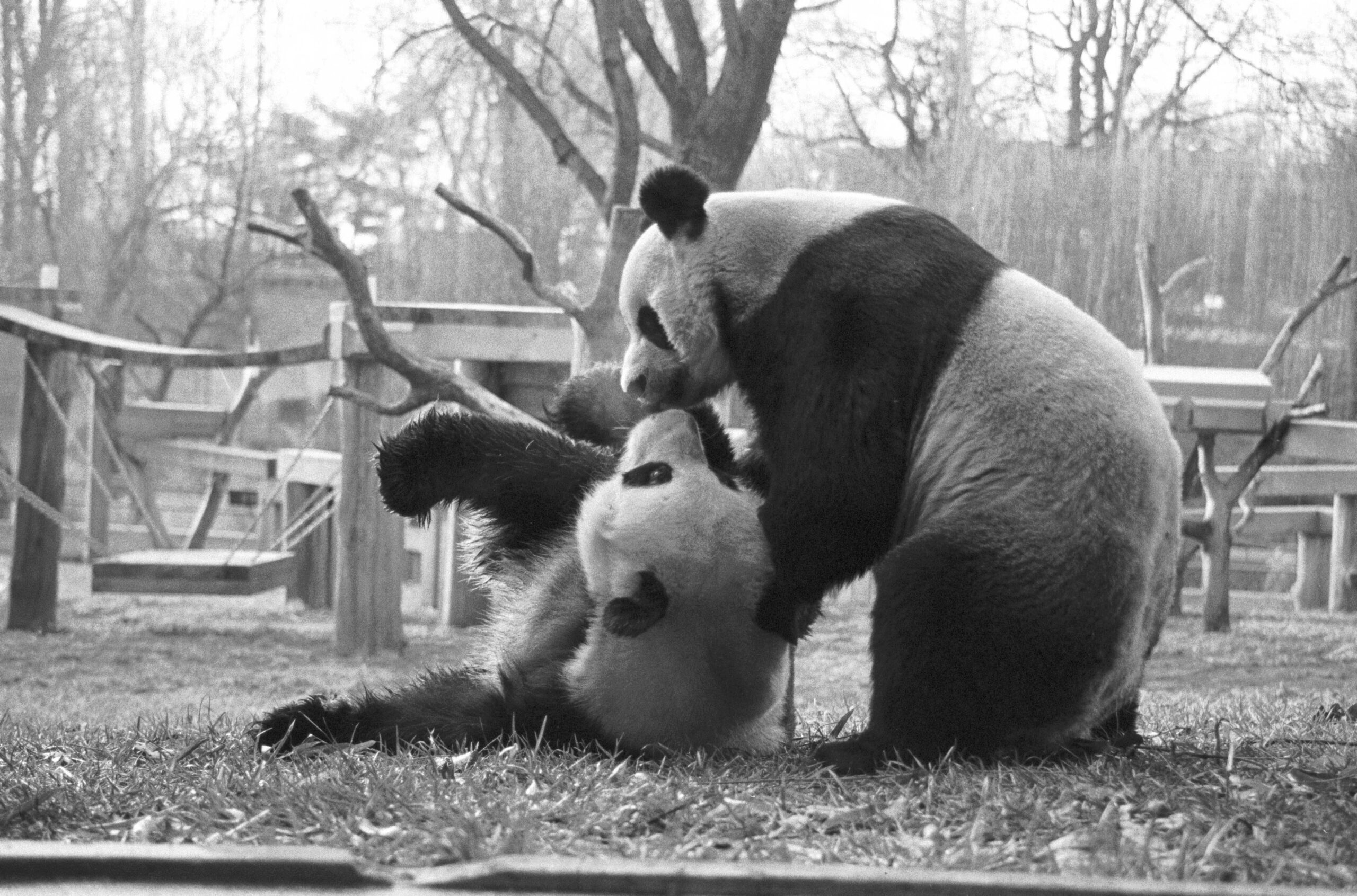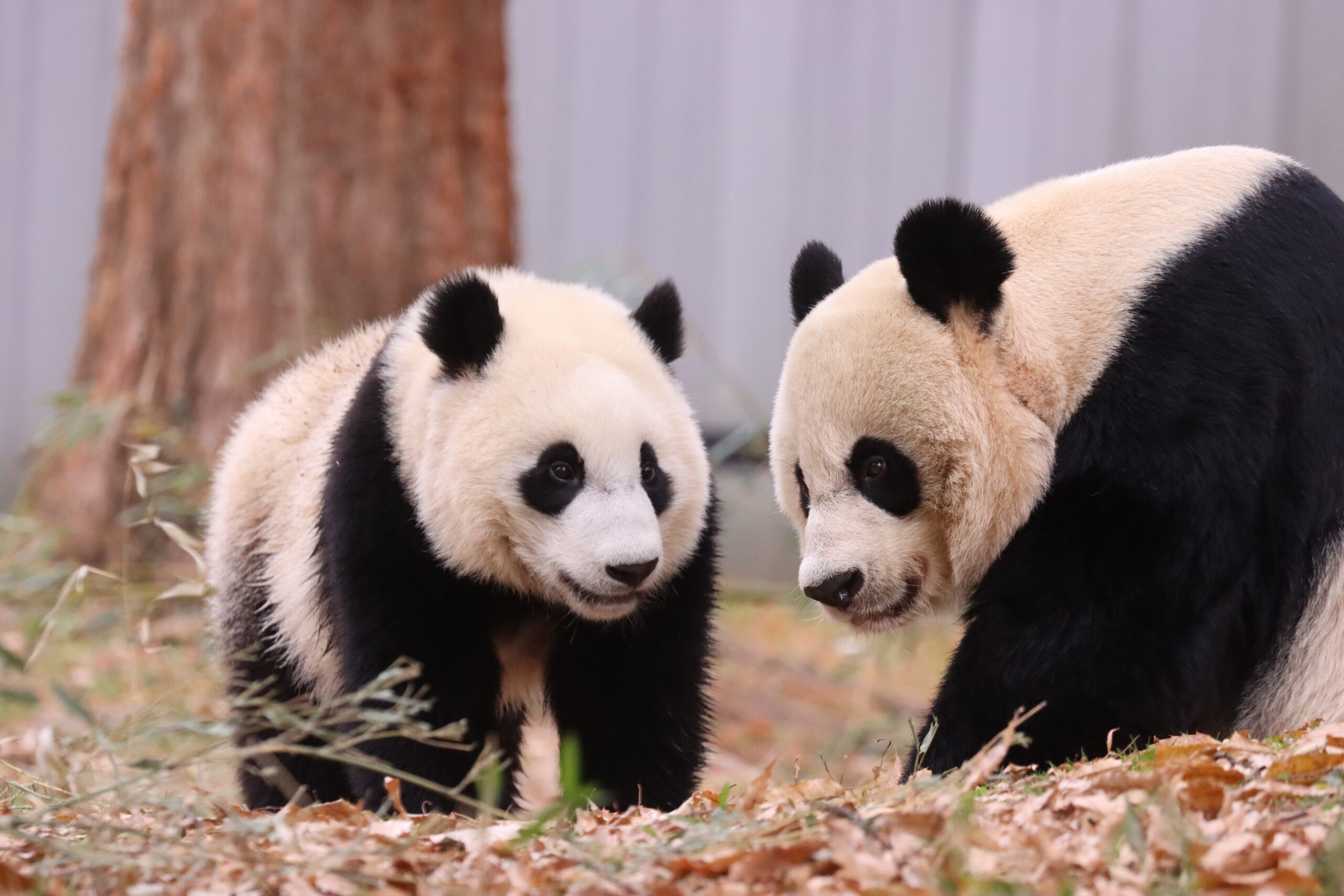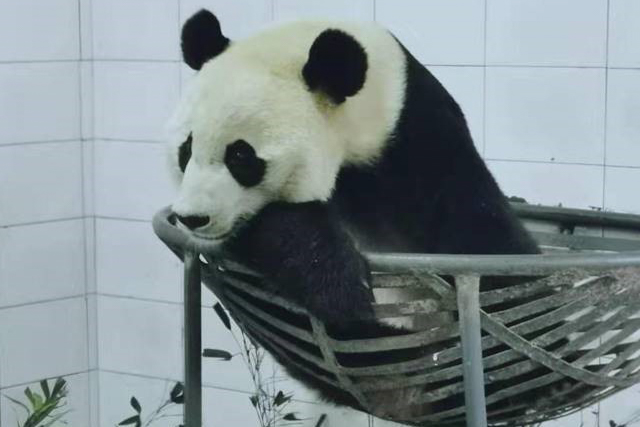New agreement signed in Washington DC
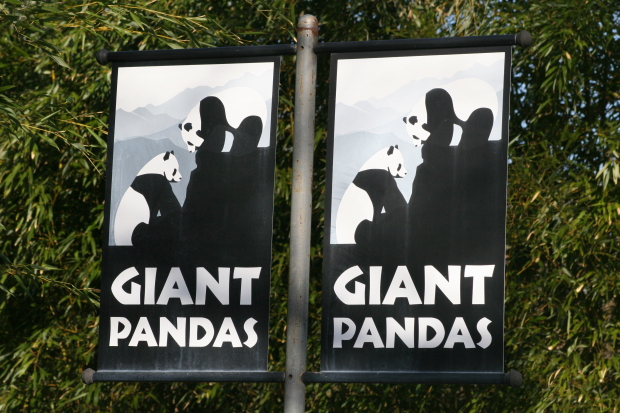
As American President Barack Obama met with President Hu Jintao of the People’s Republic of China this week, another notable U.S./China meeting took place this morning at the National Zoo.
Dennis Kelly, the Zoo’s director, and Zang Chunlin, secretary general of the China Wildlife Conservation Association, signed a new Giant Panda Cooperative Research and Breeding Agreement, extending the Zoo’s giant panda program for five more years, further cementing the two countries’ commitment to the conservation of the species.
The new agreement, effective immediately through December 5, 2015, stipulates that the National Zoo will conduct research in the areas of breeding and cub behavior. The first two years of the agreement include a cooperative study involving reproductive experts from the China Conservation and Research Center for the Giant Panda in Wolong, China, and the Smithsonian Conservation Biology Institute; they will oversee the breeding of Mei Xiang and Tian Tian.
If, after two years, either panda is found unsuitable for breeding, the two institutions will discuss the possibility of exchanging them with breeding pandas from China. The current pair has not produced a cub since 2005, when Tai Shan was born. Tai Shan was sent to China in February 2010 per the terms of the former agreement. If another cub is born at the Zoo, it will stay until the age of four. Previously, cubs were sent to China before age two. Both parents and any offspring remain under the ownership of China.
“We are happy to announce that for now, we will keep our beloved Mei Xiang and Tian Tian at the Smithsonian’s National Zoo,” said Kelly. “With only about 1,600 now found in the wild, giant pandas are among the most endangered animals on Earth, so it is a great privilege and responsibility to have two animals in our care.”
Ken Salazar, secretary of the Department of Interior commended the work of a delegation from the department’s U.S. Fish and Wildlife Service that met with Chinese officials in Beijing late last year to strengthen ties on panda conservation and improve coordination in the overall effort to save the species and its rapidly declining habitat.
Those successful discussions led to consensus on a new framework for working with China on its priorities for giant panda conservation. Under the new framework, the government of China will fund specific projects to support wild panda conservation based on a mutually agreed list of activities.
“The loan of giant pandas to the National Zoo has long symbolized the close partnership the United States has with China as we work together to conserve and recover one of the world’s most endangered species in the wild,” Salazar said. “I am proud that this agreement not only ensures that visitors to the National Zoo will continue to be able to visit and learn about these beautiful animals, but also provides a strong platform for improving the conservation of wild pandas and their habitat in China.”
Mei Xiang and Tian Tian live at the National Zoo since December 6, 2000. They were both born at the China Conservation and Research Center for the Giant Panda in Wolong; their parents were born in the wild.
Source: National Zoo






